Is a pick-up right for me?
As our love of SUVs continues to grow, so does interest in their work-a-day sibling, the pick-up truck. With the latest company car tax rules making the pick-up more popular than ever, here's what you need to think about:
Is it a workhorse - will you be using it for your work and if so how many workmates will you need to transport?
Is it for your family - some of these pick-ups are also super practical family cars and just a s luxurious as a big SUV
Is it for towing a caravan - pick-ups make excellent towing vehicles, with no worries about where to stow your luggage!
Do I want luxury - if this is your company car and you'll be using it everyday, luxury may well be important to you
Does size matter to you - remember these vehicles are large, both long and wide, so, will it fit your garage or driveway
Why are pick-ups so tax efficient?
Pick-ups are becoming ever more popular as a very tax efficient company car choice. Why is that? Well, vans and light commercial vehicles are taxed differently to company cars; so, how does this work:
Is the pick-up you've chosen classed as a Light Commercial Vehicle? If it has a payload of at least one tonne, then yes it is.
Then the pick-up will be taxed as an LCV, which rather than having a BIK (benefit in kind) rate based on CO2 emissions and the P11D figure, is a fixed amount, currently, £3,150.
Meaning if you're a 20% income tax payer your tax bill will be 20% of £3,150, that's just £630 a year. So, you can see why pick-ups are becoming ever more popular.
Pick of the pick-ups
The traditional tests to measure a pick-up truck have been what type of customers bought them and how they were used; for example, can they carry at least a standard sized pallet? How many bales of hay can a farmer or horse owner chuck in the back? What’s the towing capacity? Does it have 4x4?
Now, to a very large degree those measures still hold true, but because pick-ups have become a new tax efficient choice of company car, compared to a normal SUV or car, there’s another criterion creeping in; how luxurious are they.
After all, Mercedes-Benz has not long since launched its X Class into this market which shows how even premium brands are looking at them as lifestyle vehicles as much as workhorses. Renault is waiting in the wings with its forthcoming Alaskan.
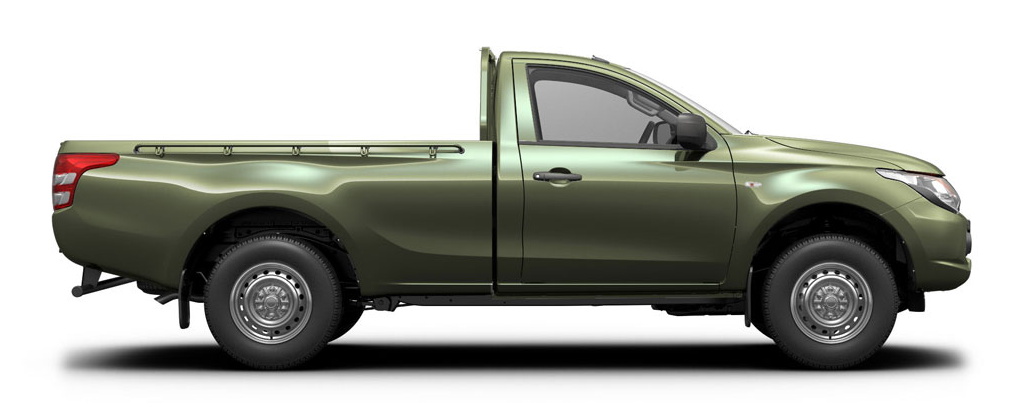
Which is the right pick-up for me?
So, if you think a pick-up could be for you what’s on the market? What body styles and options are available and which would suit your needs?
Single Cab
This is the smallest cab, with the largest load-bed. In effect you just have the front seats with a really large load-space behind. Great for carrying stuff, not so great for squeezing your workmates or family into.
Double Cab
Has two doors on each side and two rows of seats, usually accommodating five people. This means there is less storage space in the pick-up part, but more room for people. This design also has the best tax breaks and that’s why it’s becoming increasingly popular.


King Cab
Also known as a Crew Cab or Super Cab. This is designed for a team of workmen to be able to get to and from site and still be able to take all the necessary equipment and materials. The cab has extra small seats increasing its passenger carrying capacity.
Some models are only manufactured in certain body styles. The Volkswagen Amarok, for example, is only made in Double Cab form which makes it a better passenger vehicle and although the load-bed length is slightly restricted as a result, this is offset as it has the widest load-bed too. As a bonus, the Amarok also has one of the most luxurious interiors with spec which wouldn’t be out of place in an upper-end executive SUV.
Should I buy a hard-top?
A final choice is to consider if you want to leave the back open or fit a lockable hardtop.
These can weigh up to 50 kgs; remember, if you do fit one, you need to make sure the payload remains above a tonne for the vehicle to still be classified as a Light Commercial Vehicle for you to benefit from the tax advantages.


Volkswagen Amarok
A relative newcomer to the scene, the tough VW Amarok has a load-bed more than five feet long and the widest of any on the market at four feet, so a pallet can be loaded crosswise. The overall area is 2.52 square metres; it has high sides, but a low loading height and a maximum carrying capacity of almost 1,150 kgs and will tow more than 3 tonnes. It has a V6 diesel and selectable four wheel drive for off-road work.
FIAT Fullback
FIAT collaborated with Mitsubishi on this one, which is an excellent place to start as the Japanese make L200 has been a key player in this sector for years.
Like the VW, the FIAT Fullback is only available in double-cab form and is powered by a 2.4-litre diesel engine available in two states of tune. It has 1.9 square metres for cargo, easily enough for a standard pallet, and can carry more than 1,000 kgs. Depending upon which engine you select it can tow up to 2,700 or 3,100 kgs for a braked trailer.
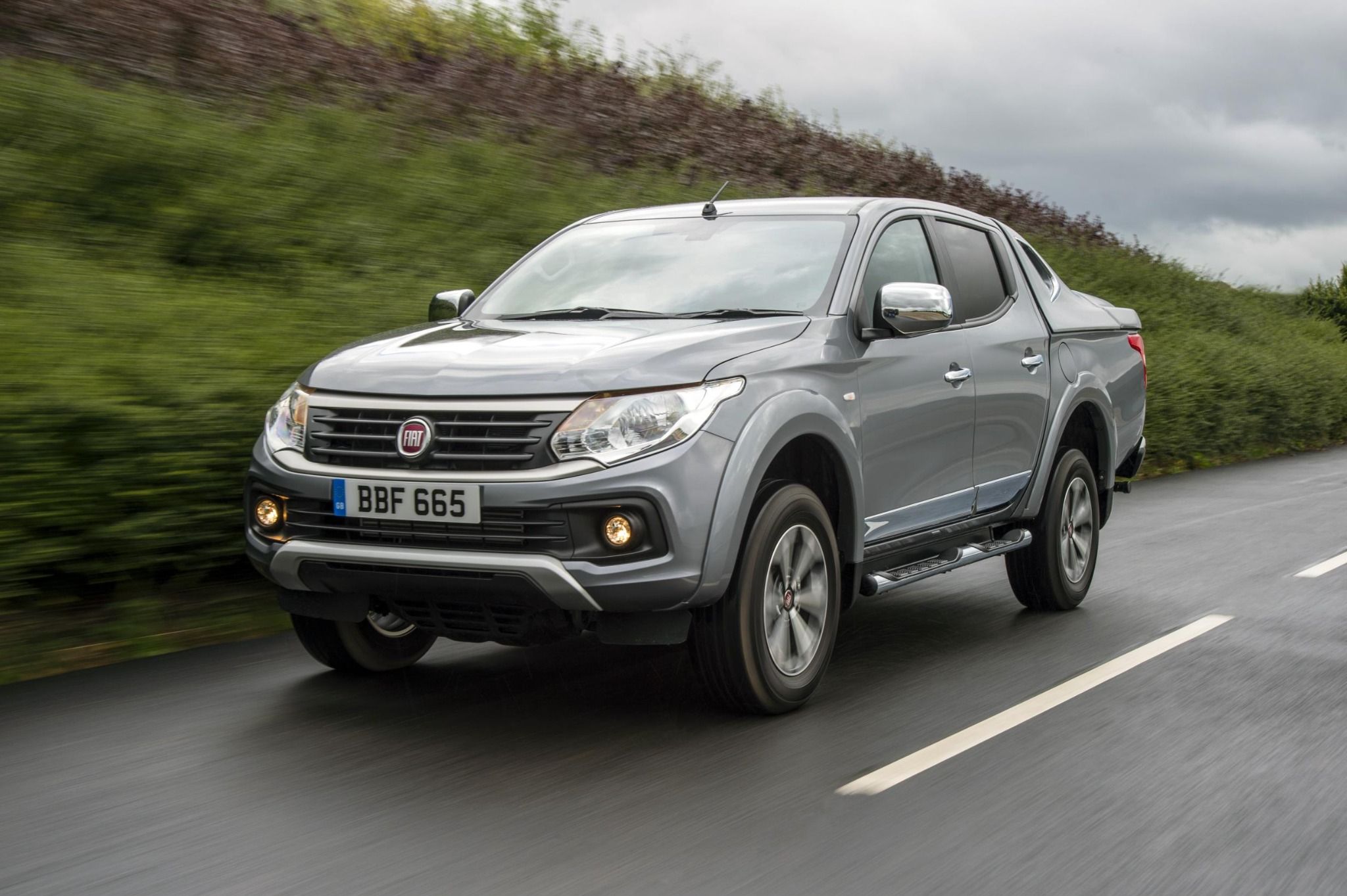
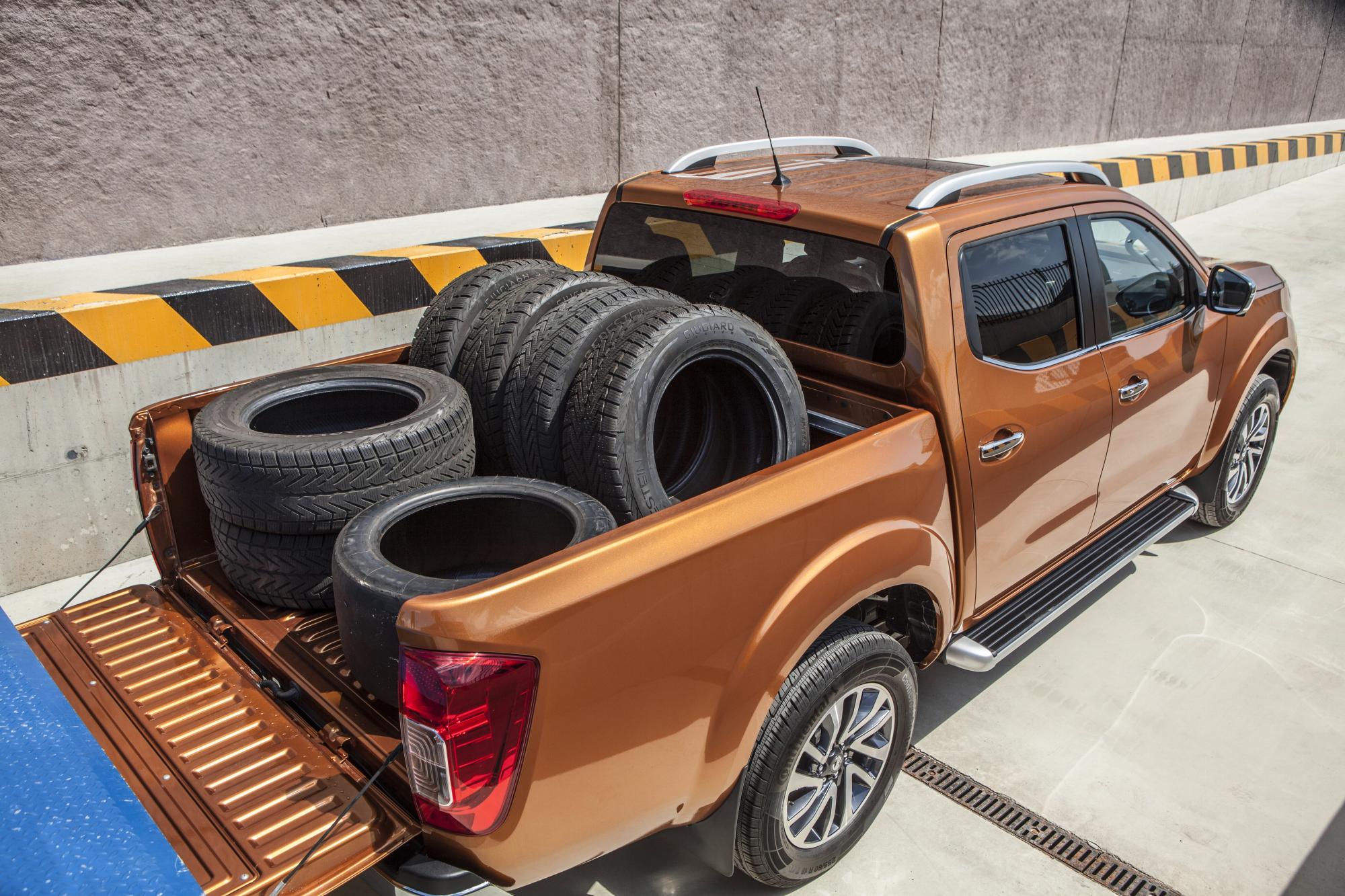
Nissan Navara
Another well-established name and a serial award winner; the Nissan has a Double or King Cab and is powered by a 2.3 diesel in either single or twin turbo form with manual or automatic transmissions. It has a one-tonne payload and can tow up to 3,500 kgs and has a load bed length of just over 5 feet in double cab form, the longest here apart from the Mercedes X Class which is built in the same factory.
Mitsubishi L200
Top selling model, now in its fifth generation, the L200 is available in single or double cab styles. It has a payload capacity of 1,135 kgs, and as a single cab has a load-bed 89 inches long by 58 wide and will tow a maximum of 3,500 kgs.

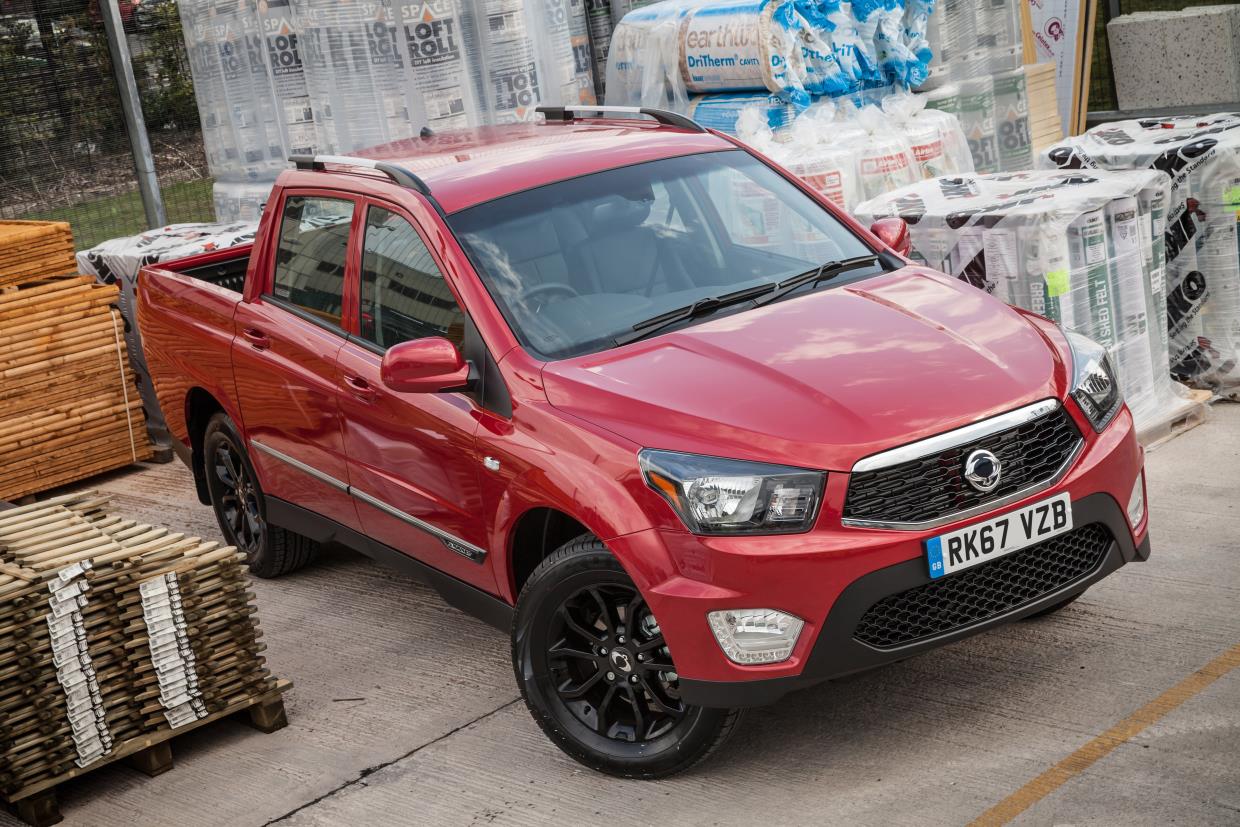
SsangYong Musso
Perhaps not the best known name outside the trade, but in its latest incarnation, a solid and capable performer. You can put up 1,050 kgs in the back, it will tow a braked trailer up to 3,500 kgs, an impressive weight. There’s just over two square metres in the load bay and it has a tough plastic liner to protect the floor and sides.
Mercedes-Benz X Class
The newcomer in the sector, the X Class raises the bar for giving the most car-like luxury features and trim, it has the practicality to go with it, but it also has the price tag. Behind the cab is a load bay wide enough between the wheel arches to take a Euro pallet loaded cross wise and it’s a touch over 5 feet long with a maximum weight capacity of 1,092 kgs.
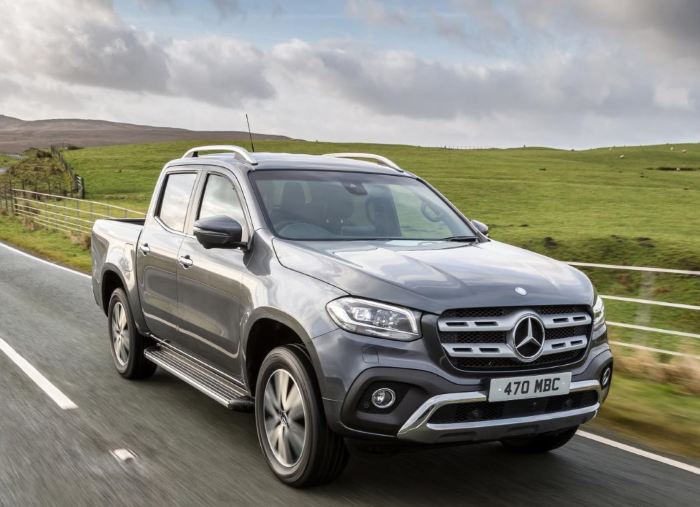
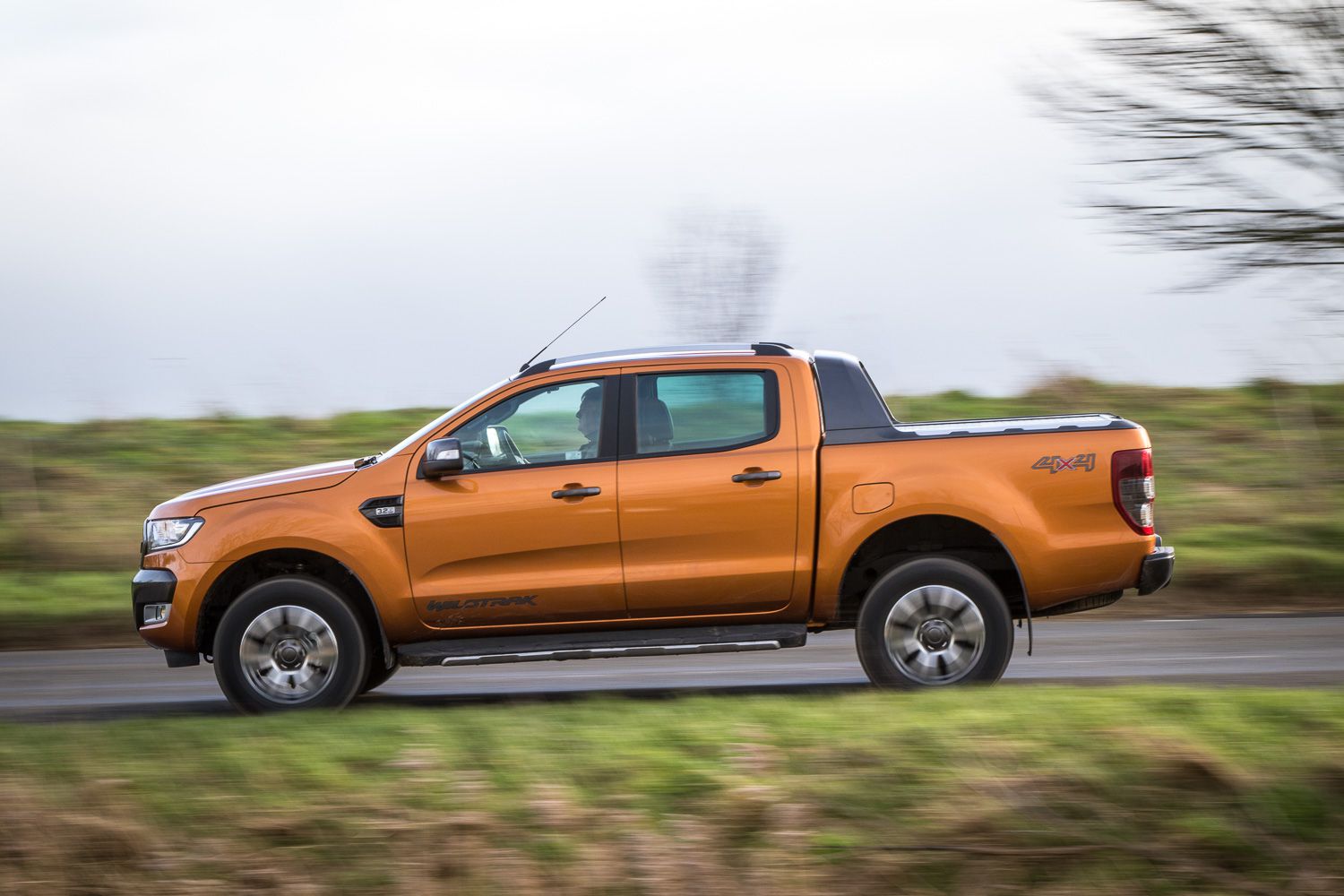
Ford Ranger
All three cab designs are available with the Ford. It has a maximum payload of more than 1,300 kgs depending on the model and a cargo area 91 inches long by 61 wide in single cab style. The Ranger also has a good array of driver, safety and stability aids as well as all the modern comfort and connectivity features you would want.
Isuzu D-Max
Another which comes in all three cab versions, with the single cab giving the most space behind. In this form there’s a cargo space 90 inches long by 62 wide, the D-Max has an exemplary towing capacity of up to 3,500 kgs and a payload of up to 1,126 kgs with the double cab model. Maybe not the most refined on the market but tough and practical and with low prices.
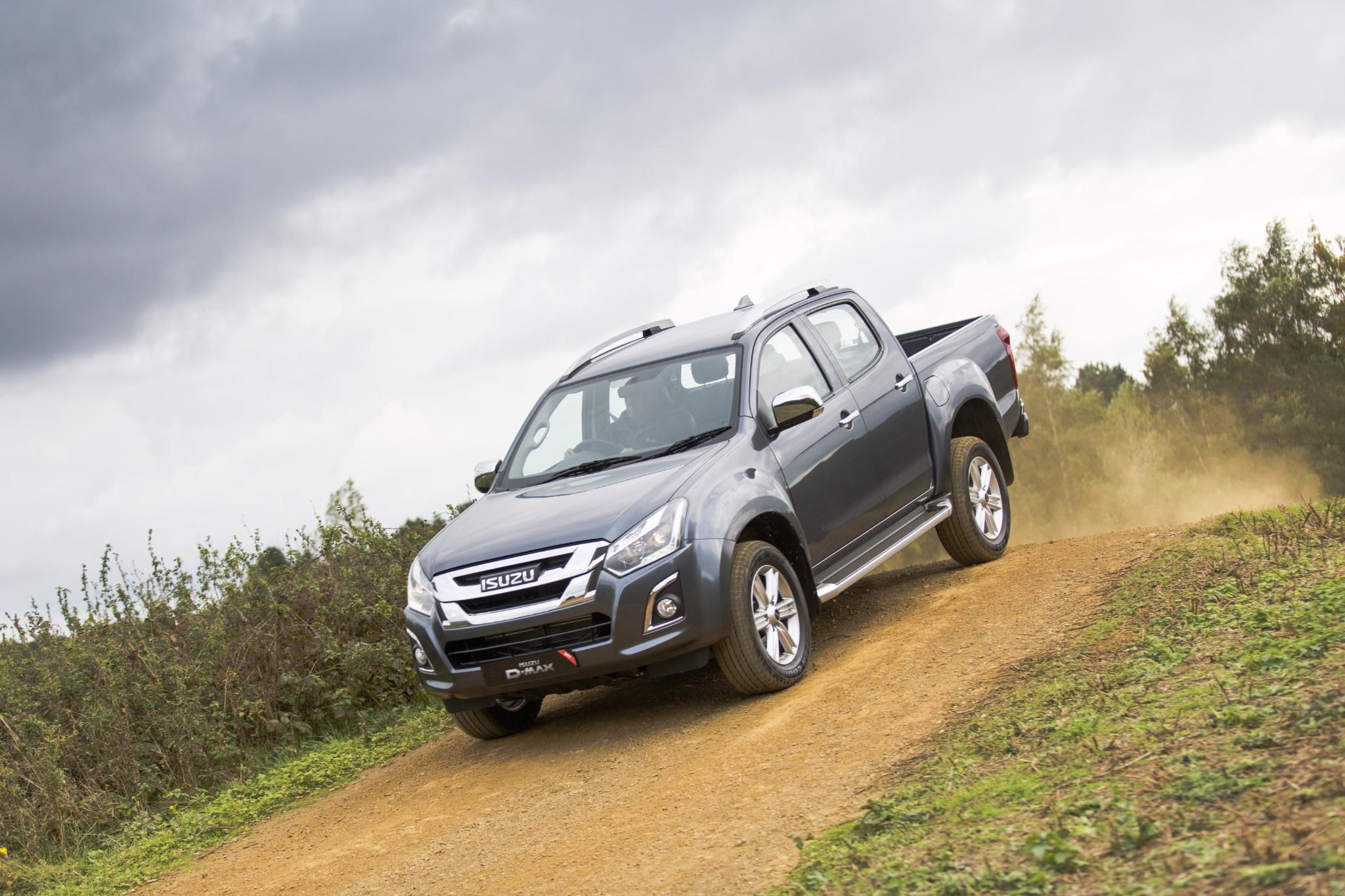
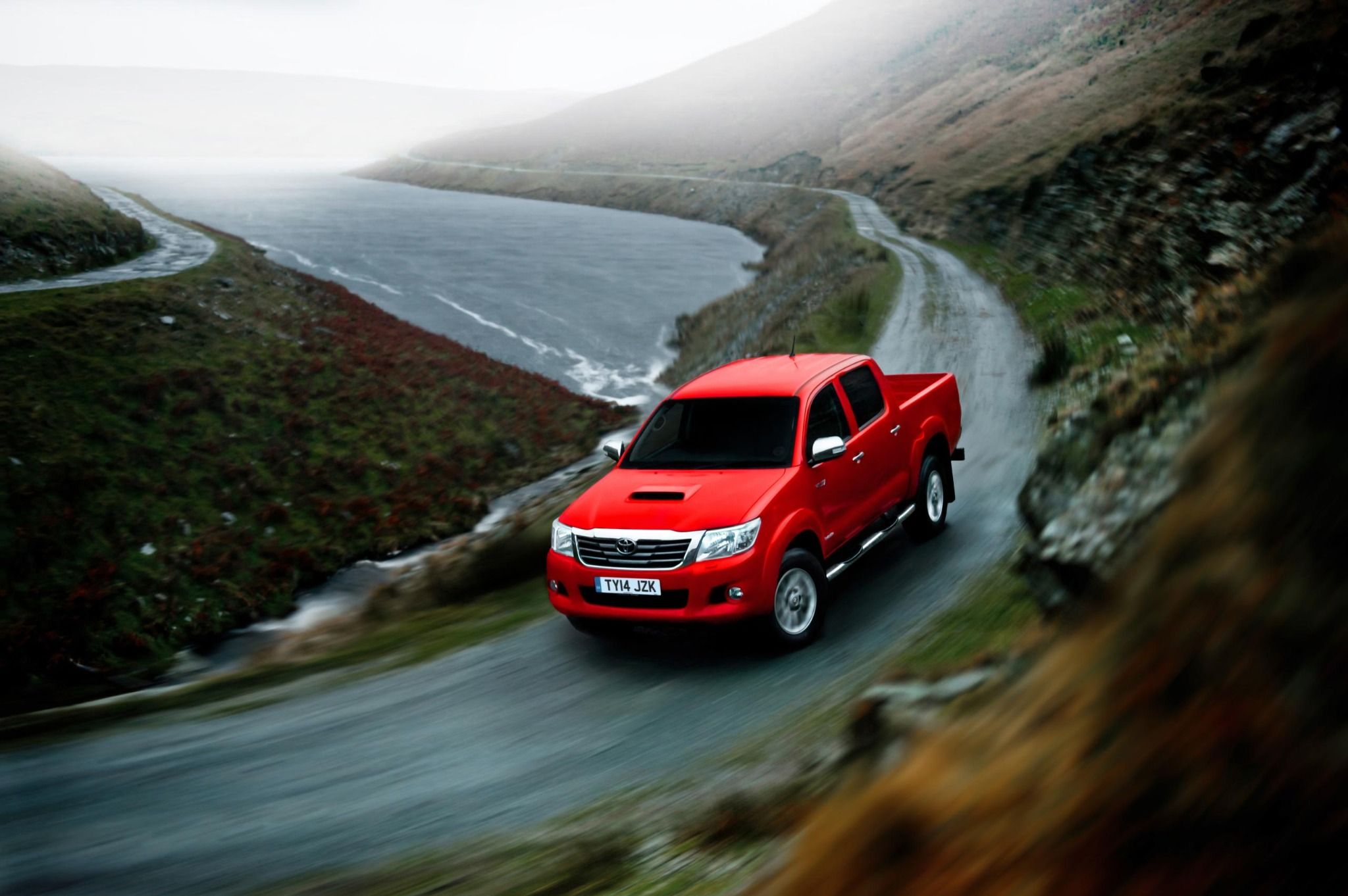
Toyota Hilux
Another three-cab choice pick-up, the Hilux is an established name and strikes a good middle ground between the budget and the luxury end of the market. It can take loads up to 1,100 kgs in its capacious cargo area and tow up to 3,200 kgs, not quite the highest but pretty good nonetheless.